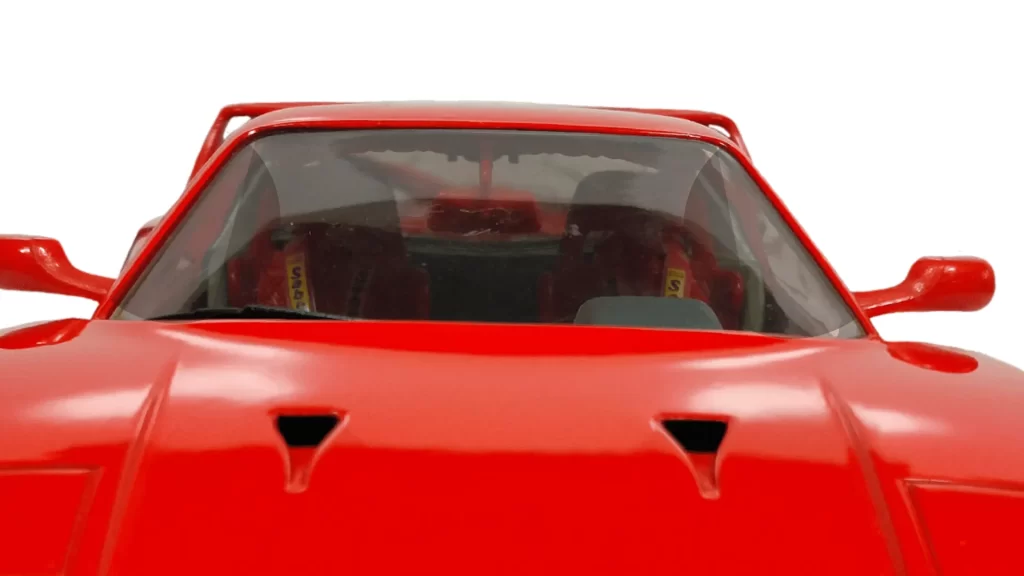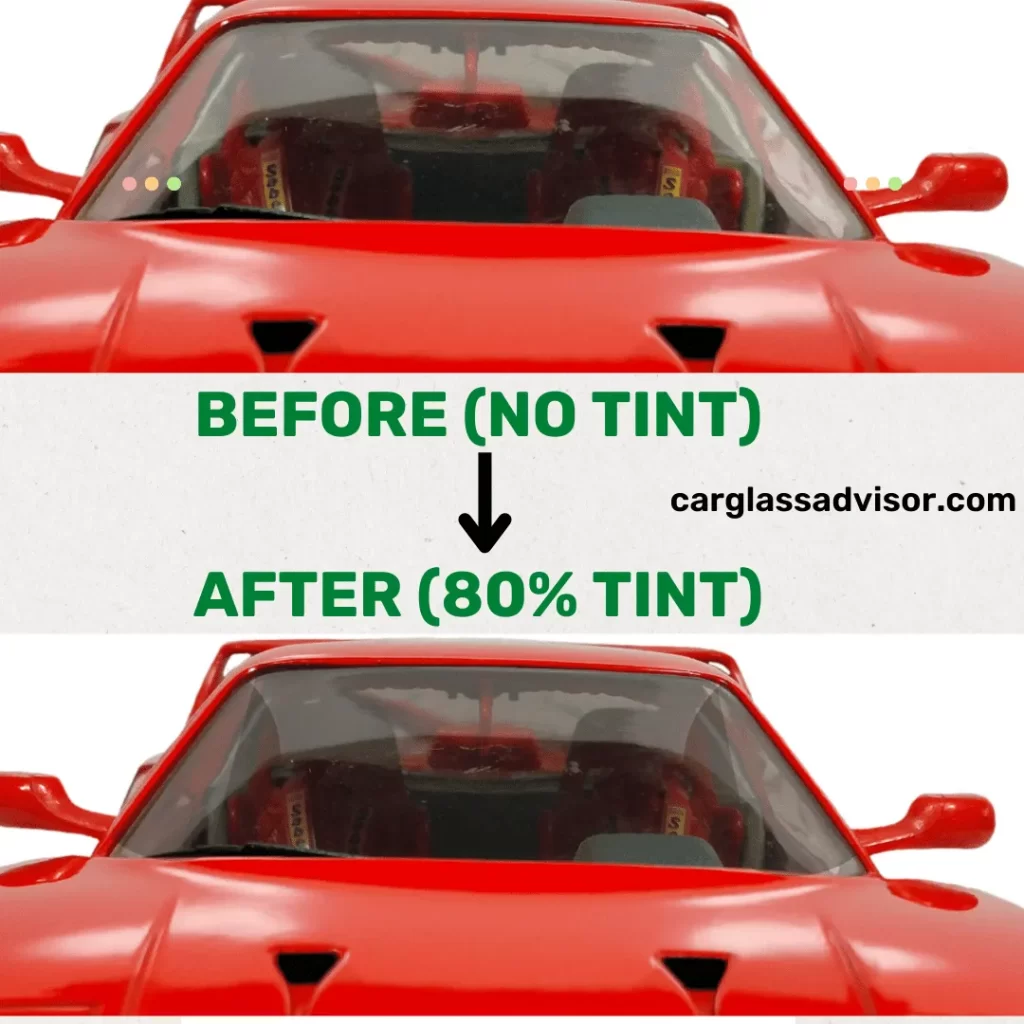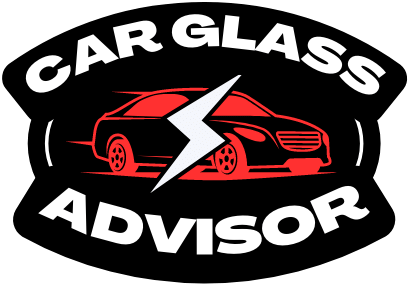Window tint is a thin film that applies to the inside of vehicle windows to block a certain percentage of light from passing through. The level of tint is typically measured in percentages, with higher numbers showing a lower level of tint. For example, a window tint with an 80% rating means it allows 80% of the light to pass through the windows, while blocking the remaining 20%.
This type of window tint is commonly used on the front windows of vehicles, although its use may be restricted in certain states. In the USA, the use of 80% window tint on the front windows is generally allowed in all states except for New Hampshire, New Jersey, and Vermont. However, it can often be used on the side and rear windows in most states.
While window tint can provide a range of benefits, including reduced glare, improved privacy, and enhanced security, it is important to be aware of local laws and regulations before applying it to your vehicle. Some states have strict laws governing the use of window tint, including limits on the percentage of tint that is allowed and specific requirements for the location and placement of the tint. Failing to comply with these laws can cause fines and other penalties.
What does 80% tint look like?
At 80% tint, the windows of your vehicle will appear slightly darker than untinted windows, but not as dark as windows with a higher level of tint. The exact appearance of 80% tint will depend on various factors, including the color and intensity of the light outside and the type of film used. 80% tint will give the windows a subtle, medium-dark appearance that can provide some privacy and glare reduction without being too noticeable.

Car Window Tint Percentage Visualization Tool
Select a percentage value from 1 to 100 to see how dark it is:
Selected Percentage:
Use the basic window tint visualization tool above to see how dark 80% tint is. Set the value to 80 and the tool will simulate the tint percentage for the most common black tinting film. However, for other tint colors, use our advanced tint percentage visualization tool. That said, the car picture below shows the comparison between no tint and 80% tint.

Can you see through 80% tint at night?
It is possible to see through 80% tint at night, although the visibility may be slightly reduced compared to untinted windows. The level of tint does not significantly affect the amount of light that is transmitted through the windows, but it can affect the amount of glare and reflection. As a result, you may find that 80% tint reduces glare and makes it easier to see at night, particularly when driving in bright or artificial light.
How much does 80% tint cost?
The cost of tinting a window with 80% tint will vary depending on several factors, including the size and shape of the windows, the type of film used, and the location of the tinting service. You can expect to pay anywhere from $50 to $200 or more for 80% tint, depending on the specific circumstances. Shop around and get quotes from multiple tinting services to save maximum money on tinting.
Is 80% tint worth it?
Whether 80% tint is worth it will depend on your personal preferences and needs. Some people may find that the benefits of tint, such as reduced glare, improved privacy, and enhanced security, outweigh the cost of the tinting service. Others may prefer the appearance of untinted windows or may not need the additional benefits that tint provides. Ultimately, the decision to use 80% tint (or any other level of tint) should be based on your individual circumstances and priorities.
Conclusion
A window tint of 80% allows 80% of sunlight or artificial light to pass through the windows, while blocking the remaining 20%. This type of tint is generally permitted on the front windows of vehicles in most states in the USA, except for New Hampshire, New Jersey, and Vermont. However, it is typically allowed on the side and rear windows in most states. It is important to verify the local laws and regulations before applying a window tint to your vehicle.

